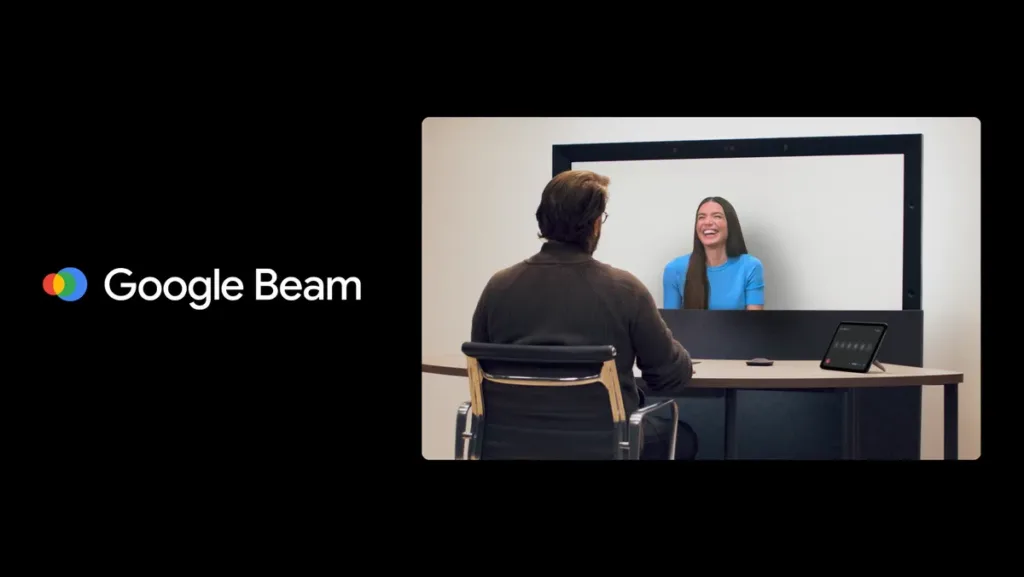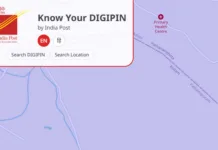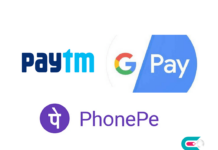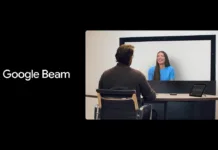
At Google I/O 2025, Google announced the evolution of its groundbreaking Project Starline into a new AI-powered 3D video communication platform called Google Beam. This innovative technology aims to transform remote communication by making video calls feel as natural and immersive as in-person conversations, without the need for specialized glasses or headsets.
A New Era of Video Communication
Google Beam builds on years of research from Project Starline, first introduced in 2021, which sought to redefine video communication by creating a “magic window” for lifelike interactions. The platform uses advanced AI, including a state-of-the-art volumetric video model, to convert standard 2D video streams into realistic 3D experiences. This allows users to see and interact with others in three dimensions, complete with natural eye contact, gestures, and head tracking accurate to the millimeter at 60 frames per second. The result is a deeply immersive conversational experience that feels like being in the same room.
Real-Time Translation and Enterprise Integration
A key feature of Google Beam is its integration with real-time speech translation, initially available in Google Meet for English and Spanish, with more languages to follow in the coming weeks. This technology preserves the speaker’s voice, tone, and expressions, enabling seamless communication across language barriers. Google is also collaborating with industry leaders like Zoom, HP, and channel partners such as Diversified and AVI-SPL to bring Google Beam to enterprises globally. The first Google Beam devices, developed in partnership with HP, will be showcased at InfoComm in June 2025 and made available to select customers later this year.
Industry Enthusiasm
Early adopters, including companies like Deloitte, Salesforce, Citadel, NEC, Hackensack Meridian Health, Duolingo, and Recruit, have expressed enthusiasm for Google Beam’s potential to enhance remote collaboration. For example, Salesforce’s VP of Information Technology, Darren Clifford, noted that Beam’s 3D technology makes remote interactions more immersive and engaging, while Deloitte’s Angel Ayala called it a groundbreaking step for human connection in the digital age.
Looking Ahead
Google Beam represents a significant leap toward making remote communication more natural and accessible. While initially targeted at enterprise users, Google aims to make the technology more affordable and widely available in the future, potentially integrating it into broader communication products.



























